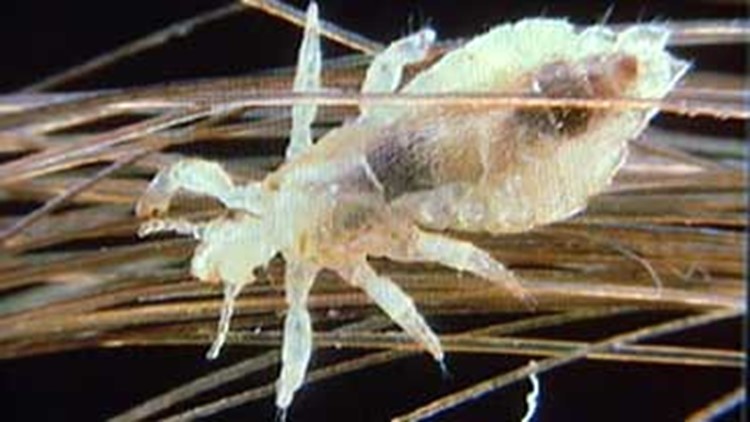Anne Marie Tiernon/Eyewitness News
Avon - Just say the word "lice" and it makes some people's skin crawl. It is an annoying problem with a steady number of cases year after year. But schools may not tell you about every case that pops up.
Looking for lice is no big deal for doctors, but for the patient, the diagnosis carries a significant social stigma.
"It's kind of embarrassing to tell the whole world that you have lice," said Olivia, a student at a local school.
"That has been the stereotype for years that only dirty, poor, slovenly families get lice. We are seeing it in everybody," said Dr. Cyndi Speelman, Avon Family Health. "It's hard physically to actually see them. People think you have like 100 on your head and there is really only a few."
Increasingly, if there is a case of lice at your child's school, you may not be notified.
"We definitely want to protect the child's privacy," said Jaimie Shaul, RN at Sycamore Elementary School.
"I was kind of creeped out that there were bugs on my head," said Olivia.
"Head lice is not a health risk issue. It doesn't pass diseases. It doesn't make a person ill. It's an annoyance," said Shaul.
Health officials say when they used to send home letters, the parents panicked.
"People think they can hop or fly or they think that people are just crawling with lice and all the kids that are anywhere in the school are going to get infected," said Dr. Speelman.
More likely, doctors say, is a case like Olivia's, where the spread was at home to her sister.
Since your child could be exposed and you wouldn't be told, the key is knowing what to look for, starting with knowing what a nit looks like.
"A nit is about the size of a sesame seed and it is shiny and whitish or yellowish and it should be cemented to the hair shafter itself and that is how you can tell the difference from dandruff. It is actually cemented to the shaft of the hair and you actually have to take your fingernail or nit comb and scrape to get it to come off," said Dr. Speelman.
A nit comb has fine teeth that are close together. It will catch the nits and pull them out. Treatments also include lotions and shampoos.
The CDC recommends returning to school 24 hours after getting treatment. The key is prevention, and understanding transmission.
"Really mostly it's head to to head contact, sleeping, you know, a slumber party, sleeping in somebody's bed, using the same towel," said Dr. Speelman. "They only live a couple of days without a human host so it's not like you are going to get it from the kid that sat there last week."
Olivia is grateful her case is cleared and that she could get help with no hint of humiliation.
"I always hated that itchy feeling," she said.
When thinking about using someone's else's hat, for example, keep in mind the lice survive three to five days without a human host.
Head lice tips - From the CDC



